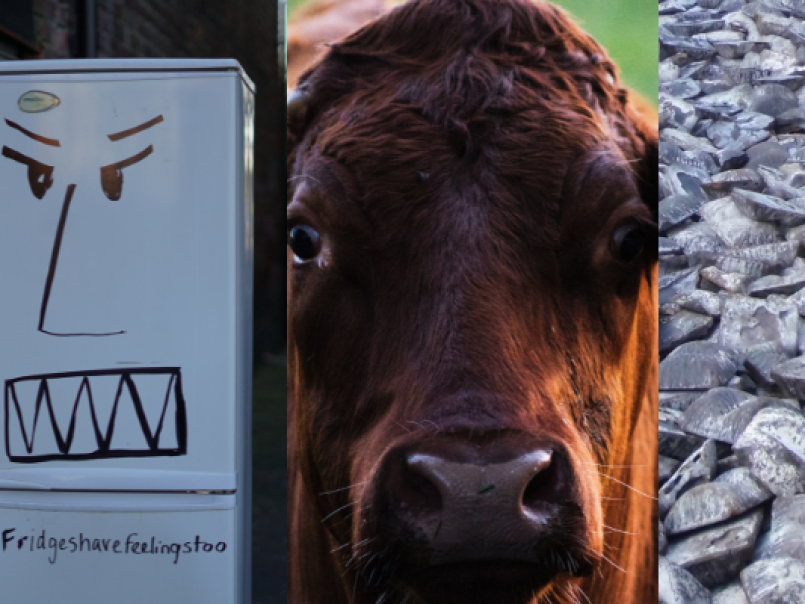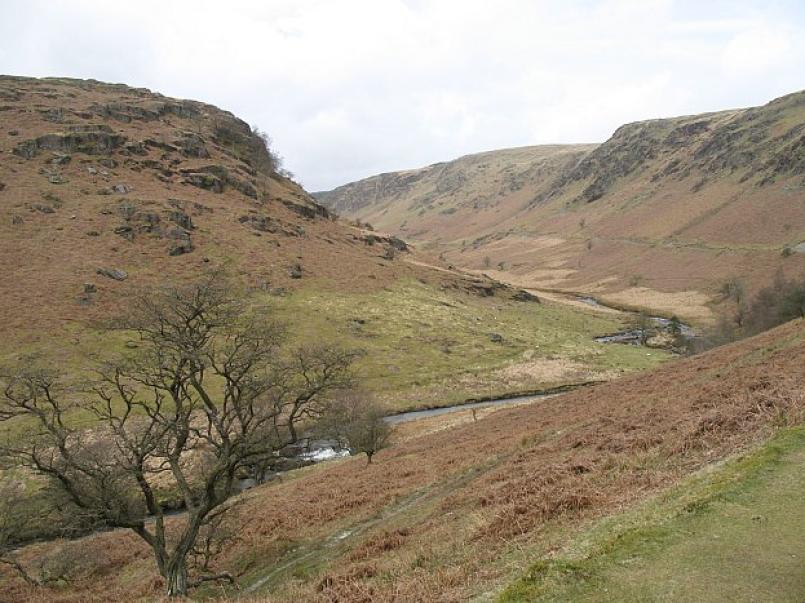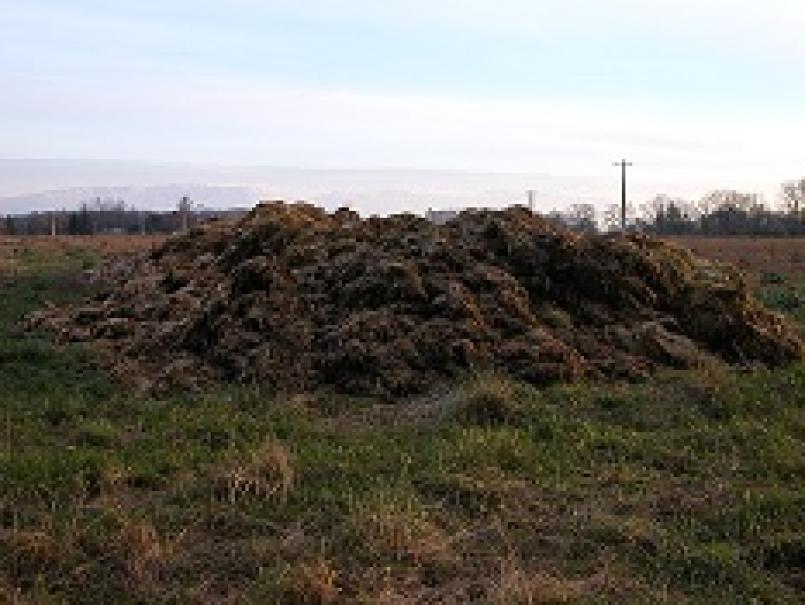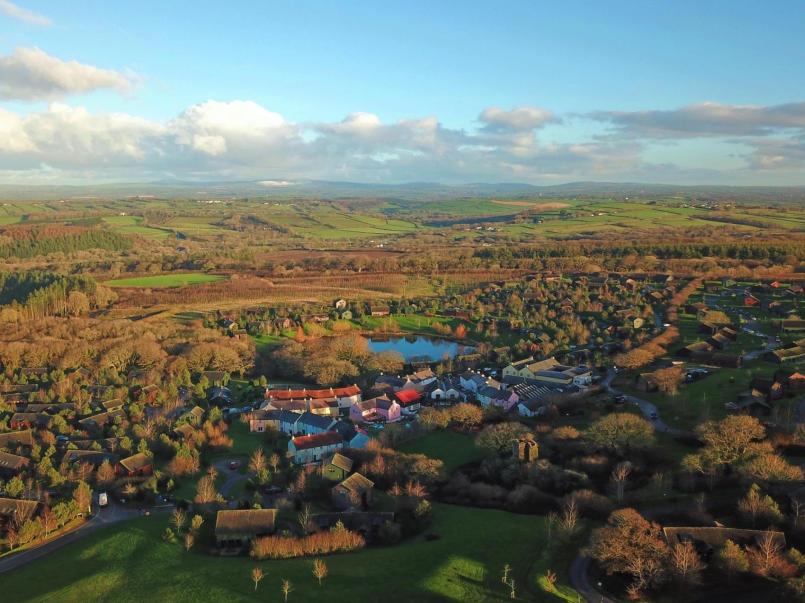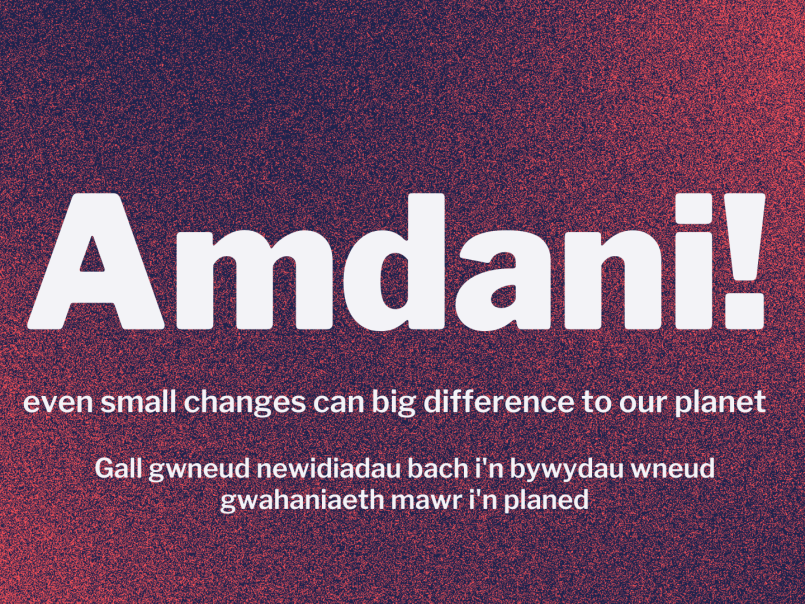Methane – it’s role in averting climate catastrophe
Published: 17 Feb 2023
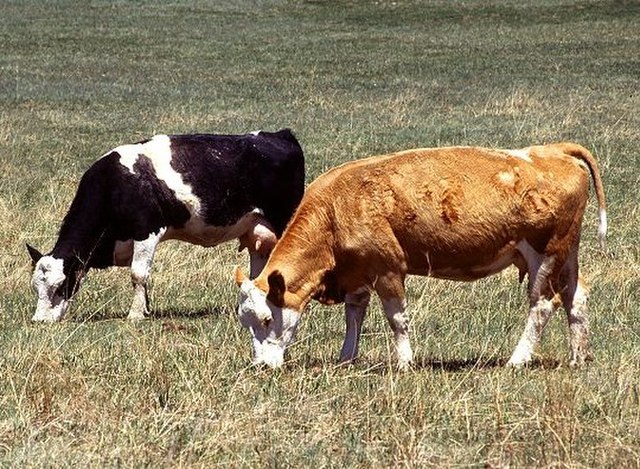
The Methane Imperative – sounds like the next instalment of the Jason Bourne film series or something doesn’t it?
Rather than the next action-thriller, however, it is the subtitle of the upcoming World Biogas Summit.
Maybe Matt Damon will turn up to the NEC in Birmingham on 29th - 30th March this year to take part in this Summit where they will be discussing Methane. OK, he probably won’t will he, but if he does, he might hear delegates talking about the Global Methane Pledge and the need to cut worldwide methane emissions.
Why is this important?
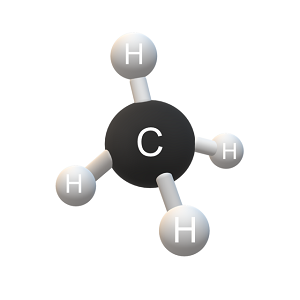
Methane is a short lived but hugely important and nasty greenhouse gas. Over a 20 year period for example, it is around 80 times more potent at heating our climate than carbon dioxide (CO2). It also accounts for around 30% of global heating since pre-industrial times.
Crucially, and this is the point of this article and our campaign – the UN Environment Programme (UNEP) states that
‘Human-caused methane emissions could be reduced by as much as 45 per cent within the decade. This would avert nearly 0.3°C of global warming by 2045, helping to limit global temperature rise to 1.5˚C and putting the planet on track to achieve the Paris Agreement targets. Every year, the subsequent reduction in ground-level ozone would also prevent 260,000 premature deaths, 775,000 asthma-related hospital visits, 73 billion hours of lost labour from extreme heat and 25 million tonnes of crop losses.’
So, if we as humans want to give ourselves, and the rest of the living things that share this wonderful planet, a fighting chance to avoid disastrous runaway climate change, then we need to get a grip on methane emissions and cut them quickly.
Global Methane Pledge
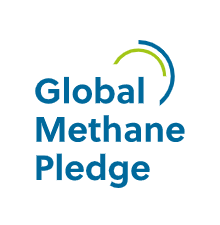
One positive thing that came out of the UN climate change talks in Glasgow in 2021 (COP26) was the Global Methane Pledge.
Because of the powerful but short-lived nature of methane, the thought process was that by increasing efforts to tackle human caused methane emissions it might, just might, help us retain a small chance of keeping our planet to no more than 1.5 degrees Celsius of warming while we try and cut all of our CO2 emissions. It might help buy us that little bit of crucial extra time we need.
The US and the EU led on this Pledge, which now has well over 100 countries signed up to it. The pledge itself commits countries to work together to collectively reduce methane emissions by at least 30% below 2020 levels by 2030.
50 of these countries have developed, or are now developing, their own methane action plans.
Sources of methane
What sort of activities are responsible for producing methane?
Methane is released from a variety of sources, some more well known than others.
The industries responsible for most methane emissions are oil, coal, gas, agriculture, waste and waste water.
The paper linked above breaks these down as follows:
- Agriculture – responsible for 40-50% of anthropogenic emissions
- Oil & gas – 20-25%
- Coal (working and abandoned mines) – 10-15%
- Solid waste (landfills / tips / dumps) – 7-10%
- Wastewater – 7-10% (breakdown of organic material in wastewater streams)
All sorts of initiatives, trials and changes are already happening in different sectors around the world on how to change existing practices to reduce methane emissions. Some of these will be more relevant than others in Wales, of course.
What about Wales?
As we’ve mentioned before, data isn’t necessarily the easiest thing in the world to find. And without knowing where you are, it’s difficult to know where you should be going.
Last autumn, Delyth Jewell MS asked a written question in the Senedd:
WRITTEN QUESTION
FOR ANSWER BY THE MINISTER FOR CLIMATE CHANGE
ON 18 OCTOBER 2022
Delyth Jewell (South Wales East): Does the Welsh Government collect data about methane emissions in Wales, including information about the amount of emissions attributable to each relevant sector? (WQ86228)
Julie James: The Welsh Government does not directly collect data on methane emissions. However, the National Atmospheric Emission Inventory is published annually and contains details on estimated methane emissions in Wales by sector and is used to track and monitor our emissions.
On the excel you can find two tabs for Wales:
- End-user emissions - these calculations allocate emissions from the production and processing of fuels (including the production electricity) to the consumers of these fuels to reflect the total emissions relating to that fuel use. This is in contrast to:
- 'By source' emissions - reporting which emissions are attributed to the sector that emits them directly.
You may want to focus on ‘by-source’ if you are interested in the methane emissions a sector is responsible for emitting. To extract the methane data, you will need to adjust the pivot table options. When the pivot table is selected there is a menu option at the top of excel for “PivotTable Analyse”. Once selected, on the far right select “Field List”. From the new window that opens you can drag and drop the “pollutant” tix box into the filters list below. A new drop-down list will appear at the top of the data table from which you can then select methane (CH4) emissions. The table is now converted to show the quantity (KtCO2 equivalent) of methane emissions for each sector.
Because you are particularly interested in methane emissions, bear in mind that in this publication, emissions estimates are primarily based on 100-year AR4 (IPCC 4th Assessment Report) Global Warming Potential (GWP), consistent with international reporting and carbon trading protocols up to 2020. However, in November 2021 it was agreed by the international community at COP26 that greenhouse gas emissions shall be reported under the Paris Agreement transparency framework using 100-year AR5 (IPCC 5th Assessment Report) GWP. Therefore, an additional tab is provided in the spreadsheet to show the AR5 emissions (Wales by Source AR5).
Now I don’t know about you but spreadsheets fill me with all kinds of dread. This drop down box, that conversion rate and now there is something called a pivot table? I had to have numerous goes and a couple cups of coffee before I could make head or tail of it.
What does the data show?

As you might expect really, emissions from the business sector, energy supply, waste management, agriculture, industrial processes, residential etc and then emissions from a whole load of other sources from ‘Agricultural soils – indirect leaching and run off’ to ‘Chemicals’ and ‘Cement production’.
An interesting one for us in Wales is the methane that leaks out of coal mines. Now this is nowhere near as much methane as is coming from some of the other sectors mentioned above but I am going to mention it anyway as it sort of highlights the need for a Methane Action Plan as we really need a co-ordinated plan to deal with all of these methane emission sources, not just some of them.
As mentioned already, it is estimated that the coal mining industry accounts for somewhere in the region of 10-15% of global methane emissions from human activities.
Worryingly for us, it’s not just active coal mines that release methane, but also old abandoned coal mines do too. Figures show that when the coal industry was nationalised in 1947, there were 250 collieries in Wales. Given that the NAEI data are estimates, do we actually know how many of these old mines are leaking methane? If yes, do we know for certain how much? Is there a plan to deal with it all?
Just as one example, as it’s a campaign we have been working on now for a while – the Ffos-y-Fran (Merthyr Tydfil) opencast coal mine. Towards the end of their licence is an ‘Information’ section where it states:
…… Neither the issue of this Licence nor anything arising out of it relieves the Operator of any need, before commencing any Coal-Mining Operations, to obtain:
- any necessary planning permission to carry out those Coal-Mining Operations’
- a separate licence to vent methane, and
- the approval of any other statutory body (including the Health and Safety Executive) in respect of them
So, a ‘separate licence to vent methane’?! Nice! Thanks.
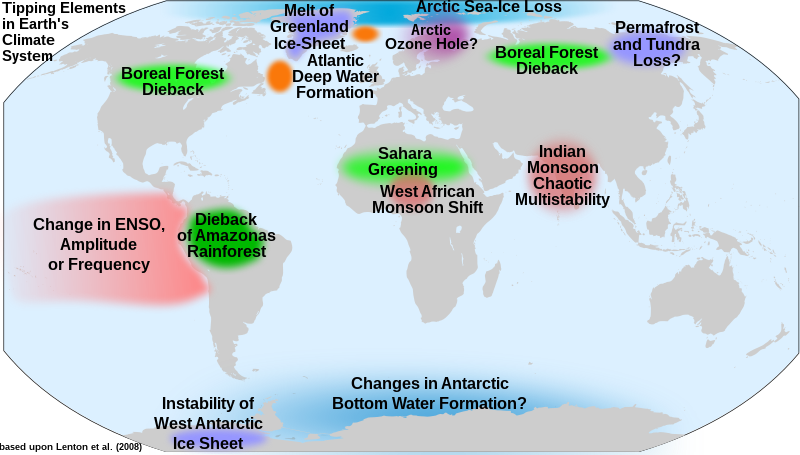
Tipping points and a Methane Action Plan
Given the nature of what we are talking about … climate change … and that scientists are telling us that global emissions need to have peaked by 2025 (now of course only 2 years away) and then to reduce rapidly thereafter, and given methane is such a potent climate gas, it would seem imperative that we develop a plan to deal with methane as a matter of urgency (and part of that is to have easily accessible data we can all have a look at).
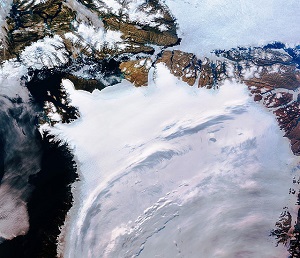
And this is where urgency comes in too. Something that doesn’t get mentioned much, partly because it is quite scary but also because it can be a bit difficult to get your head around is tipping points. A tipping point is basically where a certain temperature threshold is reached which then leads to unstoppable change in a particular system. This then releases ever more climate gases… which makes the whole situation worse …. which releases more gases … which makes the situation worse, which….
There are multiple identified tipping points across the globe which we are now on the brink of.
As mentioned earlier in this article, more action on methane emissions might just help give us a tiny bit more breathing space before we reach these tipping points and we can use that little bit of extra time to cut our CO2 emissions even more.
What are we calling for?
The NAEI emissions data gives a general view of what we are talking about and where these emissions are coming from. So at least we have some idea even if they are estimates.
I would say the first thing to do, and this is easy, is to start publishing this data in an obvious and simple form for Wales. Let’s have it easily accessible and not in a form that requires all sorts of tabs to be changed, drop down lists to be navigated etc etc. Just nice and simple and obvious.
Following that obviously comes the need to tackle these emissions.
This is where a Wales Methane Action Plan would come in.
This would bring together the experts we already have in Wales to formulate a specific action plan to deal with emissions from different sources and to ensure that different existing and forthcoming strategies such as Net Zero Wales and the Agriculture (Wales) Bill are all aligned and act to reduce methane emissions.
While these existing Welsh Government plans are very positive, far reaching and will help to reduce all types of climate emissions in the sectors they cover, they could also miss out a wide variety of other sources of methane emissions and they need to be joined up. A Methane Action Plan sitting alongside these existing plans would make sure it is all co-ordinated and seeks, as far as possible, to make sure we are dealing with ALL sources of methane emissions. Some of them will be easier to deal with than others but that can be a good thing as they then become some of the ‘low hanging fruit’ which can be dealt with quickly hopefully.
Without this sort of plan, action risks being piecemeal, not joined up and at risk of missing out some important sources of methane emissions like old underground mines.
There is a definite opportunity here to be innovative and bring together expertise both from within Wales but also from further afield to harness existing ideas, thinking, developments and technology to put in place a plan to cut methane emissions in Wales.
Urgency is needed!


